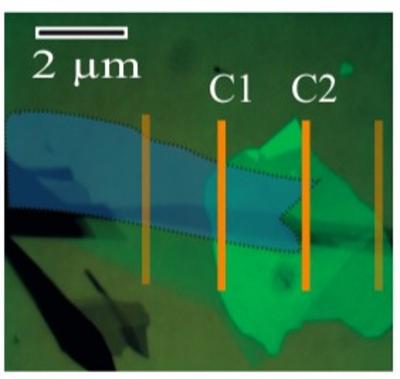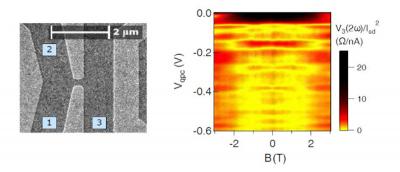Researchers discover an efficient route towards ultrafast manipulation of magnetism in antiferromagnetic materials
A team of researchers has discovered a mechanism in antiferromagnets that could be useful for spintronic devices. They theoretically and experimentally demonstrated that one of the magnetization torques arising from optically driven excitations has a much stronger influence on spin orientation than previously given credit for. The result of their study could provide a new and efficient mechanism for manipulating spin. which has so far proven to be a challenging task.
Antiferromagnetic materials (AFMs) are good candidates for spintronics because they are resistant to external magnetic fields and allow for switching spin values in timescales of picoseconds. One promising strategy to manipulate spin orientation in AFMs is using an optical laser to create extremely short-lived magnetic field pulses, a phenomenon known as the inverse Faraday effect (IFE). Although the IFE in AFMs generates two very distinct types of torque (rotational force) on their magnetization, it now seems the most important of the two has been somewhat neglected in research.

